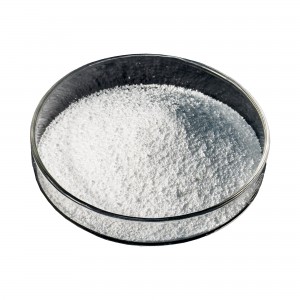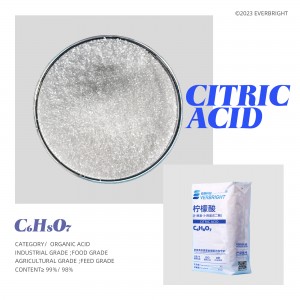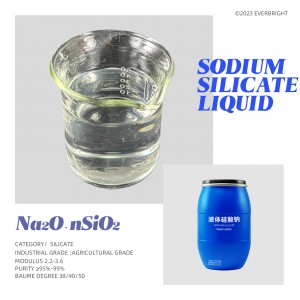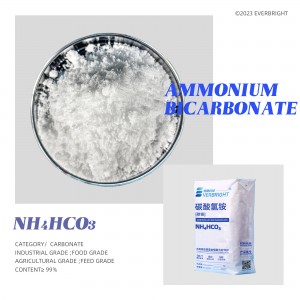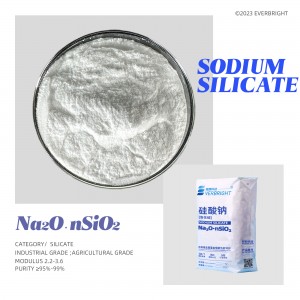SODIUM TRIPOLYPHOSPHATE/STPP
SPECIFICATIONS PROVIDED
WHITE POWDER
“ Ⅰ ” high temperature modification;“ Ⅱ ” low form Purity ≥ 85% / 90% / 95%
EVERBRIGHT® ‘ll also provide customized :
content/whiteness/particlesize/PHvalue/color/packagingstyle/ packaging specifications
and other specific products that are more suitable for your use conditions , and provide free samples.
PRODUCT DETAILS
Sodium tripolyphosphate anhydrous substances can be divided into high temperature type (I) and low temperature type (II). White crystal or crystalline powder. The relative molecular weight is 367.86, the relative density is 2.49, and the melting point is 662℃. Soluble in water (14.5g / 100g at 25℃, 23.25g / 100g at 80℃). The aqueous solution is weakly alkaline, and the pH of 1% aqueous solution is 9.7. In aqueous solution, pyrophosphate or orthophosphate is gradually hydrolyzed. It can complex alkaline earth metals and heavy metal ions, softening water quality. It also has ion exchange capabilities that can turn a suspension into a highly dispersed solution. Type I hydrolysis is faster than type II, so type II is also called slow hydrolysis. At 417℃, type II changed into type I. Na5P3O10·6H2O hexahydrate is triclinic orthomeric white prismatic crystal with weathering ability and relative value density of 1.786. Melting point 53℃, soluble in water. This product can be decomposed during recrystallization. Even if it is sealed, it can be decomposed into sodium diphosphate at room temperature. When heated to 100℃, the decomposition problem becomes sodium diphosphate and sodium primary phosphate. The difference is that the bond length and bond Angle of the two are different, and the chemical properties of the two are the same, but the thermal stability and hygroscopicity of type I are higher than that of type II.
PRODUCT USAGE
INDUSTRIAL GRADE
Detergent
It is mainly used as an auxiliary for synthetic detergent, as a soap synergist and to prevent grease precipitation and frosting of bar soap. It has a strong emulsification effect on lubricating oil and fat, and can be used as a leavening agent. It can enhance the decontamination ability of detergent and reduce the damage of stains on fabrics. It can be used to adjust the PH value of buffer soap and improve the washing quality.
Water softener
Water purification and softener: sodium tripolyphosphate chelates metal ions with metal ions in solution Ca2+, Mg2+, Cu2+, Fe2+, etc., to generate soluble chelates, thereby reducing the hardness, so it is widely used in water purification and softening.
Bleach deodorant bacteriostatic agent
The bleaching effect can be improved, and the odor of metal ions can be removed, so as to be used in bleaching deodorants. It can inhibit the growth of microorganisms and thus play a bacteriostatic role.
FOOD GRADE
Water retaining agent; Chelating agent; emulsifier
It is widely used in food, often used in meat products, beverages, dairy products, pastries and other foods. For example, adding sodium tripolyphosphate to meat products such as ham and sausage can increase their viscosity and elasticity, making them more delicious. Adding sodium tripolyphosphate to juice and beverage can increase its stability and prevent its delamination, precipitation and other phenomena. In general, the main role of sodium tripolyphosphate is to increase the stability, viscosity and taste of food, and improve the quality and taste of food.
①Increase viscosity: Sodium tripolyphosphate can be combined with water molecules to form colloids, thereby increasing the viscosity of food and making it more dense.
②Stability: Sodium tripolyphosphate can be combined with protein to form a stable complex, thereby enhancing the stability of food and preventing stratification and precipitation during production and storage.
③Improve texture and taste: sodium tripolyphosphate can improve the texture and taste of food, making it more soft, smooth, rich taste.
④One of the commonly used water retaining agents in meat processing, it has a strong adhesive effect, and can prevent the discoloration, deterioration and dispersion of meat products, and also has a strong emulsification of fat. The meat products with sodium tripolyphosphate added have less water loss after heating, and the finished products are complete, good color, tender meat, easy to slice, and shiny cutting surface.










